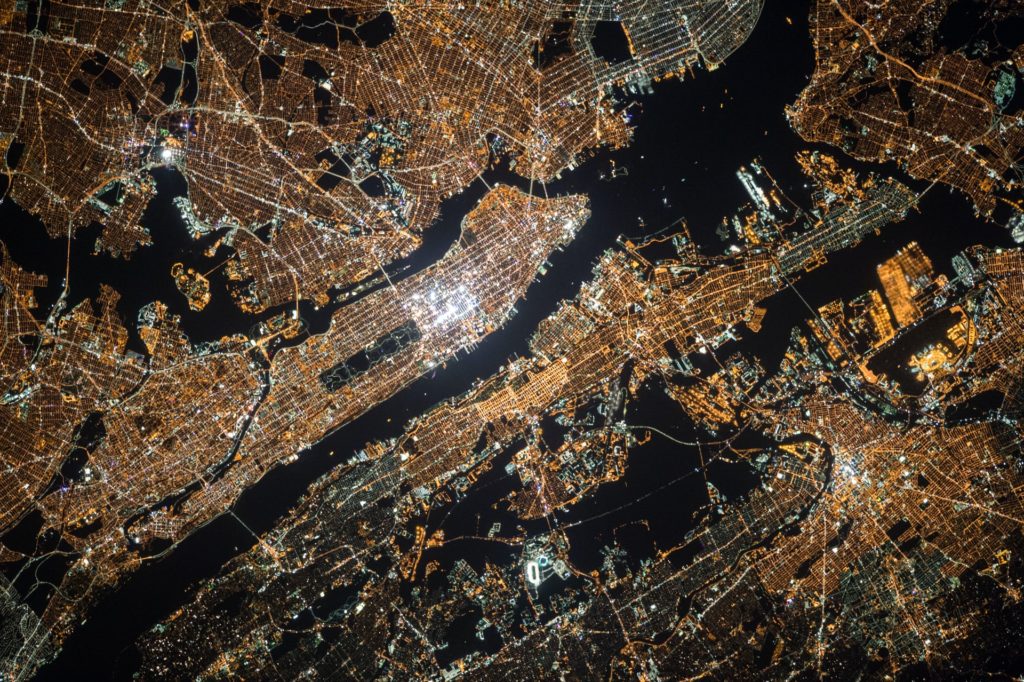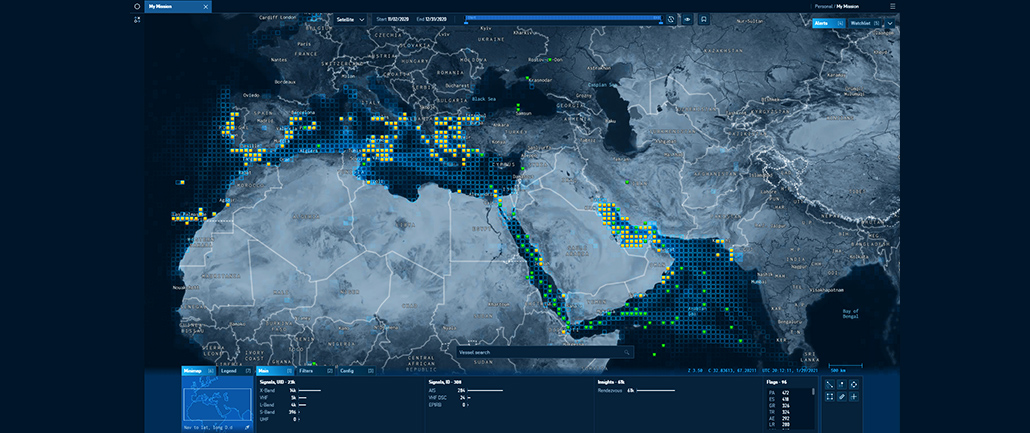
New nighttime light data, new insights on how the Earth is changing
Much research has suggested that night-time lights can, to a certain degree, represent several variables, including urbanisation, density, and economic growth.
To speed up research efforts and applications, the World Bank released open access, analysis-ready, nightlight data set under Amazon Web Services (AWS) open public data set program.
The Light Every Night (LEN) data set includes the complete archive of all nighttime imagery captured each night over the last three decades. It results from a collaboration between the World Bank, NOAA, and the University of Michigan.
The dataset comprises:
- Defense Meteorological Satellite Program Operational Line-Scan System (DMSP-OLS) data from 1992 to 2017
- Visible Infrared Imaging Radiometer Suite Day/Night Band (VIIRS-DNB) data from 2012 to 2020
Analysis new nighttime light data, new possibilities
Previously, getting data from a specific night or set of nights meant:
- Downloading the images from NOAA archives to a local disk
- Manipulating the images with either GIS/Remote Sensing software or image viewing software like Photoshop or Gimp
Unfortunately, because the dataset volume is large, their useability is reduced.
The LEN dataset and tools eliminate this challenge.
Availability on AWS makes the global nighttime images widely accessible. Further, data processing can be done in-place on the cloud, enabling analysis of vast amounts of data leading to new insights and applications.
In fact, the data has already been useful to various World Bank studies, including monitoring the impact of the pandemic on various human activities.
Apart from the LEN dataset, the World Bank has also provided tutorials on nighttime light data processing, analysis, and applications.
Are you using nighttime lights data? Tell us about it below.
Did you like the article about nighttime light data? Read more and subscribe to our monthly newsletter!









